Security
Security directives
Laser safety
For Europe/Asia
For North America
Declaration of conformity
Notice to Users in EEA Countries
Notice to Users Accessing Analog PSTN in EEA Countries
Symbols for the main power switch
Positions of Warning and Caution labels on the machine
FCC Compliance
Note to users in the United States of America
Notice about the Telephone Consumer Protection Act (Valid in USA only)
Note to users in Canada
Remarque concernant les utilisateurs au Canada
FCC Requirements
Notice to users (New Zealand)
Environment
Batteries and rechargeable batteries
The product
Users in the EU, Switzerland and Norway
All Other Users
Software use license
Definition
License
Property
Duration
Warranty
Responsibility
Development
Registered trademarks
Notice
Installation
Location conditions
Cautions of use
Safety information
Safety During Operation
Power Supply
For Fax or Telephone
Rules for use symbols
Terminal description
Command panel
Presentation
Entering Characters Using the Alpanumerical keypad
Accessing terminal functions
Packaging contents
Device installation
Installing the document feeder
Loading paper
Loading paper in the paper tray
Handling of paper
Humidity control
Handling the unit
Operator shocks
Moving the unit
Handling the Toner Cartridge
Feed cassette paper insertion
Cartridge installation
Paper delivery stop
Starting your device
Device connection
Paper insertion in the manual input tray
Copy
Simple copy
ECO mode copy
Sophisticated copy
Special setup for the copy
Resolution setup
Zoom setup
Analysis origin setup
Contrast setup
Luminosity setup
Paper type setup
Paper tray selection
Sheet-feed analysis margins setup
Left and right printing margins setup
Top and bottom printing margins setup
Format paper setup
Fax
Fax transmission
Immediate transmission
Delayed transmission
Transmission with auto redial
Fax reception
Fax answering device
Saving an access code
Activating / Deactivating the answering device
Printing fax messages stored in the memory
Fax rerouting (Forwarding)
Activating rerouting
Setting the re-direction contact
Printing rerouted documents
Rerouting fax messages to a USB memory key
Activating rerouting
Printing rerouted documents
Transmission waiting queue
Performing immediate transmission from the waiting queue
Consulting or modifying the waiting queue
Deleting a transmission in memory
Printing a document in waiting or in deposit
Printing the waiting queue
Cancelling a transmission in progress
Deposit and Polling
Placing a document in deposit
Polling a deposited document
Parameters/ Setup
Date/Time
Your fax number/Your name
Type of network
Geographical settings
Country
Telecommunication Network
Language
Local prefix
Transmission report
Document feed type
Economy period
Reception Mode
Reception without paper
Number of copies
Fax or PC reception (MFP model only)
Received faxes reduction mode
Technical Parameters
Printing the functions guide
Printing the logs
Print the list of setups
Lock the machine
Lock the keyboard
Lock the numbers
Read the counters
Sent pages counter
Received pages counter
Scanned pages counter
Printed pages counter
Display the consumables status
Calibrate your scanner
Directory
Creating Speed dial
Creating Group dial
Modifying a record
Deleting a record
Printing the directory
Saving/Restoring the directory (Smart card option)
USB memory key (MFP model only)
Use of the USB memory key
Print your documents
Delete your files located in the key
Analyse the USB memory key content
Save a document on a USB memory key
Activate/deactivate file automatic deletion on a USB memory key
PC Features (MFP model only)
Introduction
Configuration requirements
Installation
Install the software on your PC
Connections
Uninstall the software from your PC
Multifunction Terminal's Supervision
Checking the connection between the PC and the multifunction machine
MF Director
Graphical presentation
Utilities and applications activation
MF Monitor
Graphical presentation
Display the consumable status
Scan To
Companion Suite Pro LL functionalities
Document analysis
Printing
Address book
Add a contact to the terminal address book
Add a group to the terminal address book
Manage the address book
Import or export a directory
Fax communications
Presentation of the Fax window
Send a fax
Receive a fax
Follow-up of fax communications
Fax parameters
Maintenance
Service
General information
Toner cartridge replacement
Issues with smart cards
Cleaning
Scanner reading system cleaning
Printer cleaning
Printer external cleaning
Printer issues
Error messages
Paper jam
Scanner issues
Miscellaneous issues
Communication errors
Transmission from the feeder
Transmission from memory
Communication error codes
General codes
Specifications
Physical specifications
Electrical specifications
Environmental specifications
Peripheral specifications
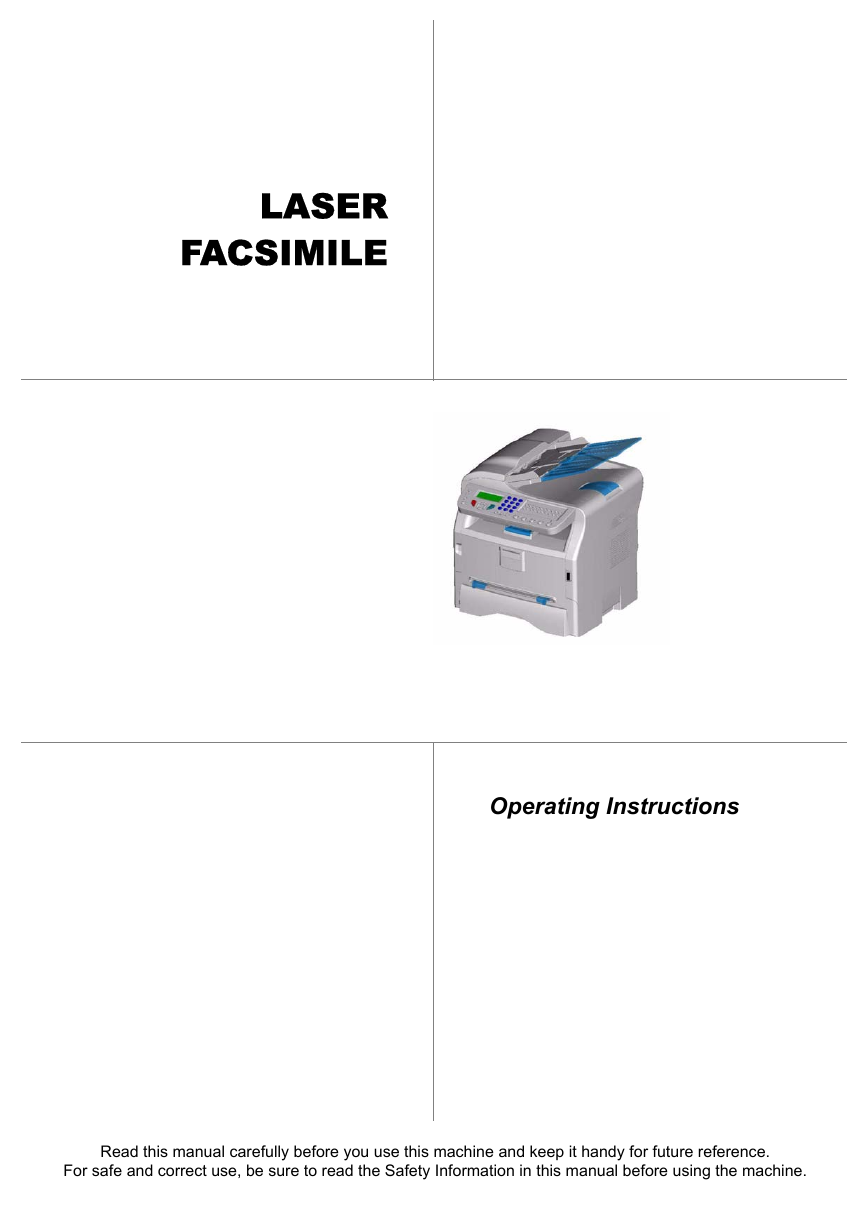
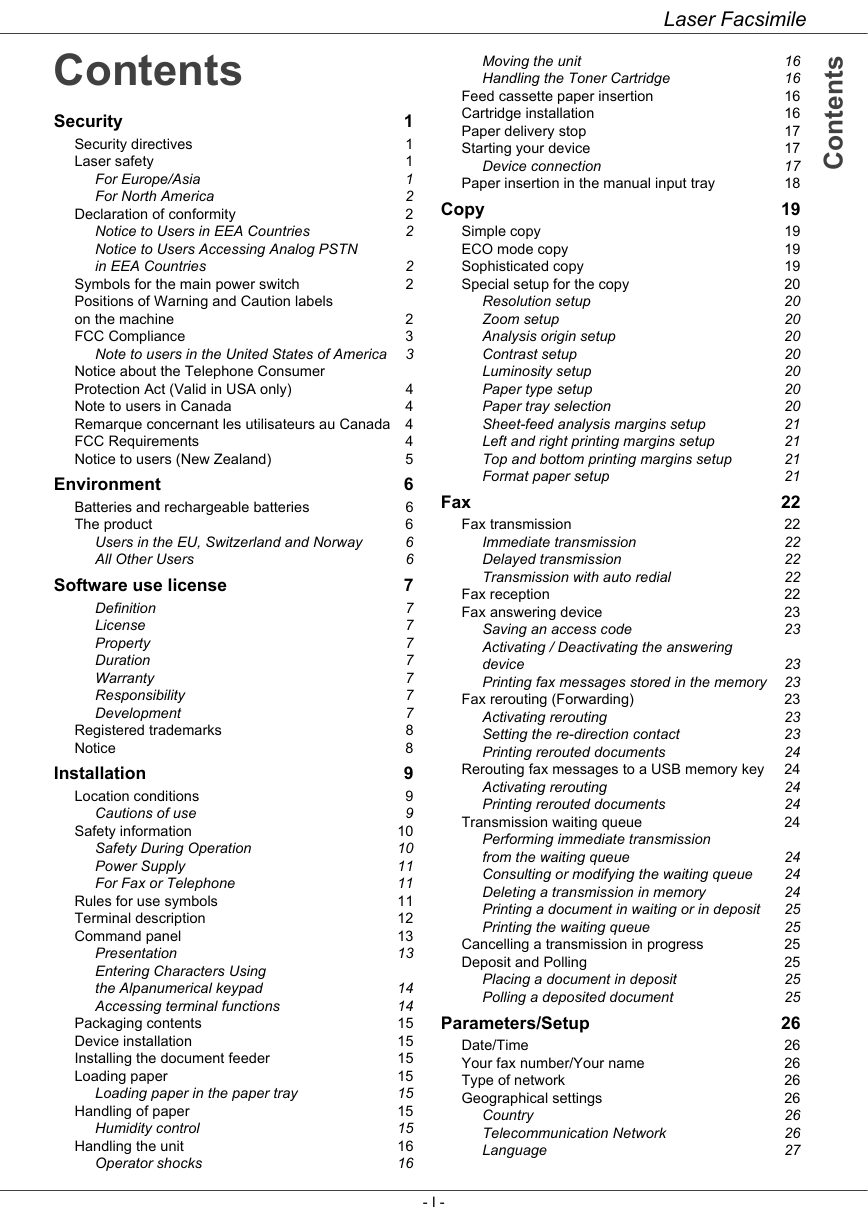
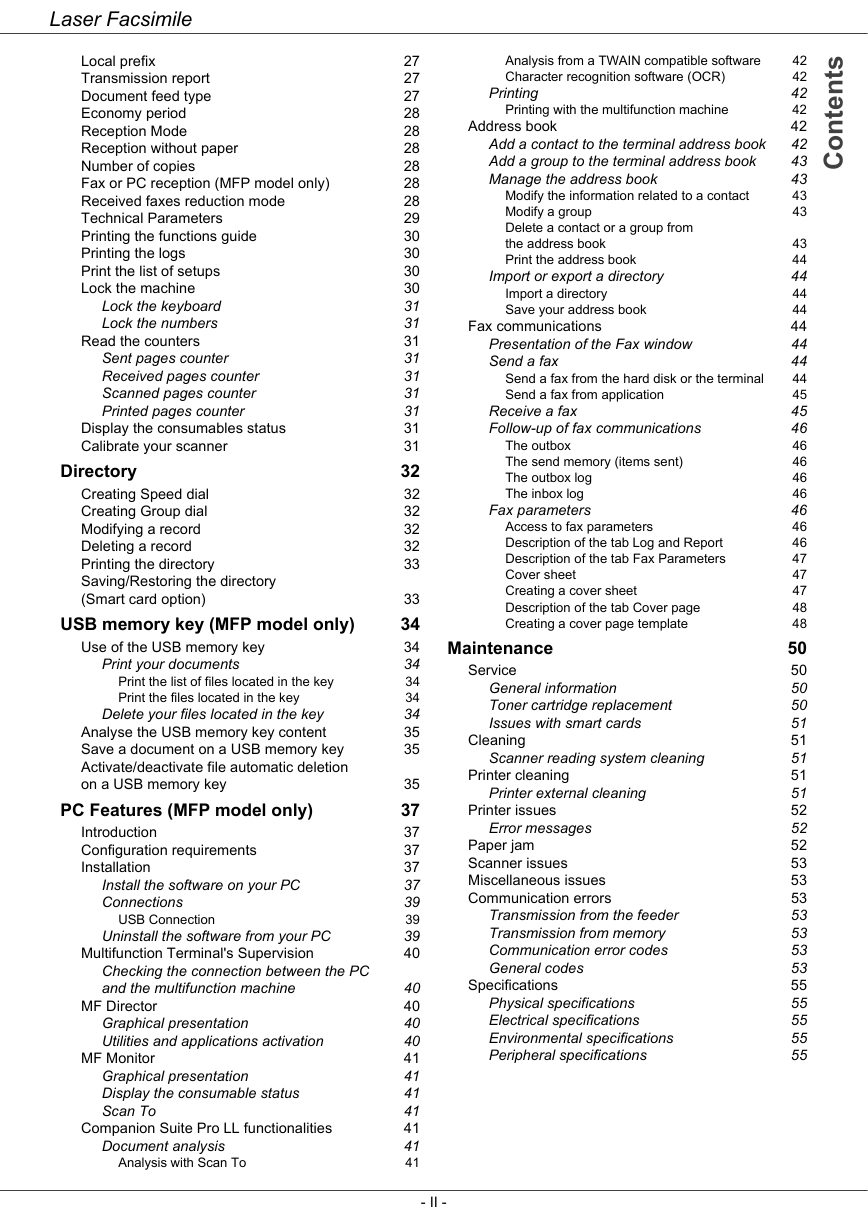

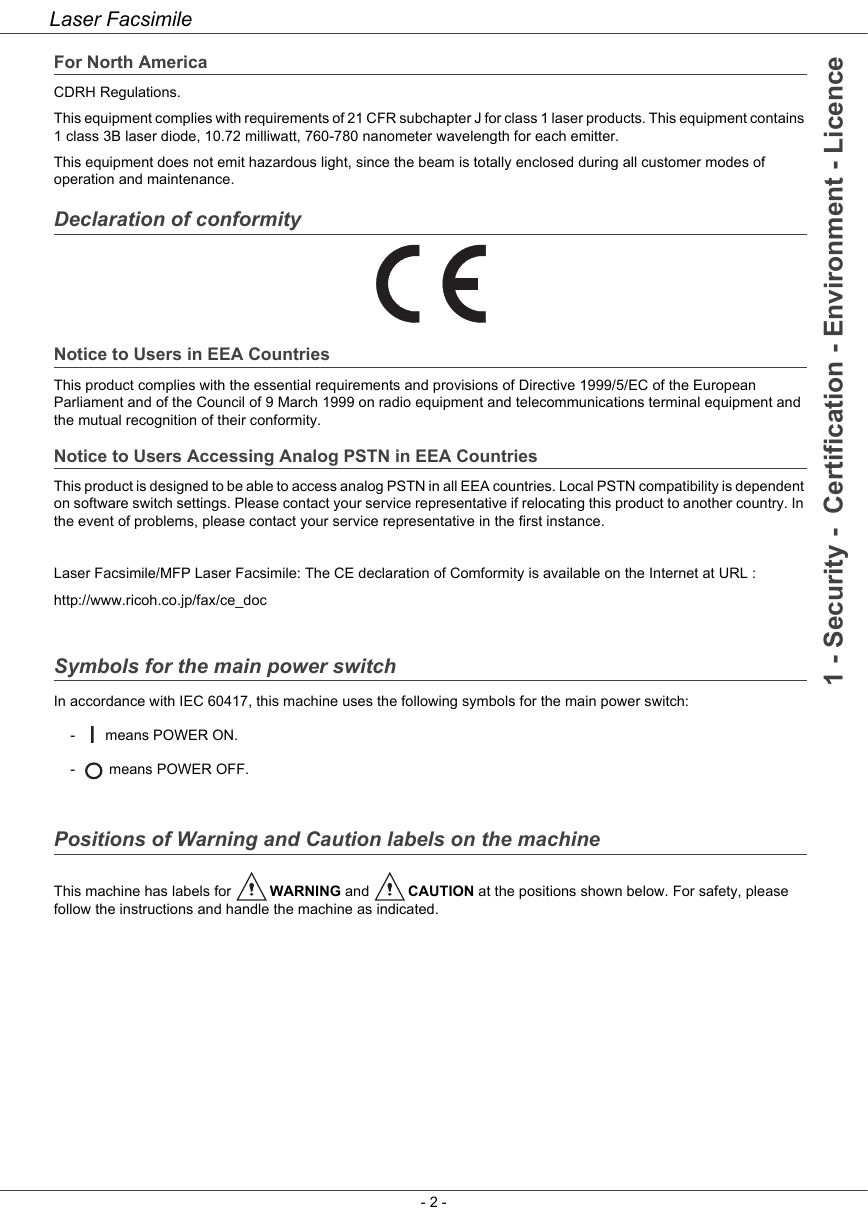
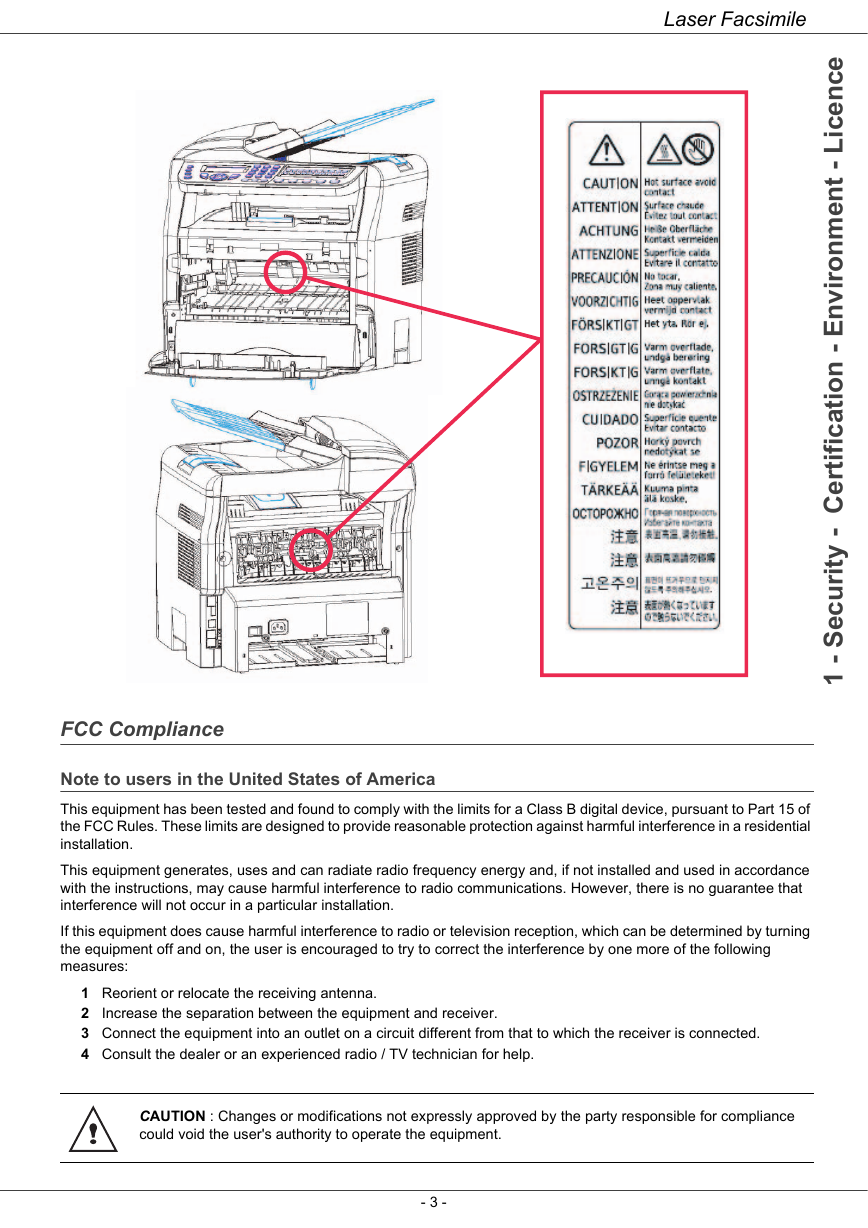
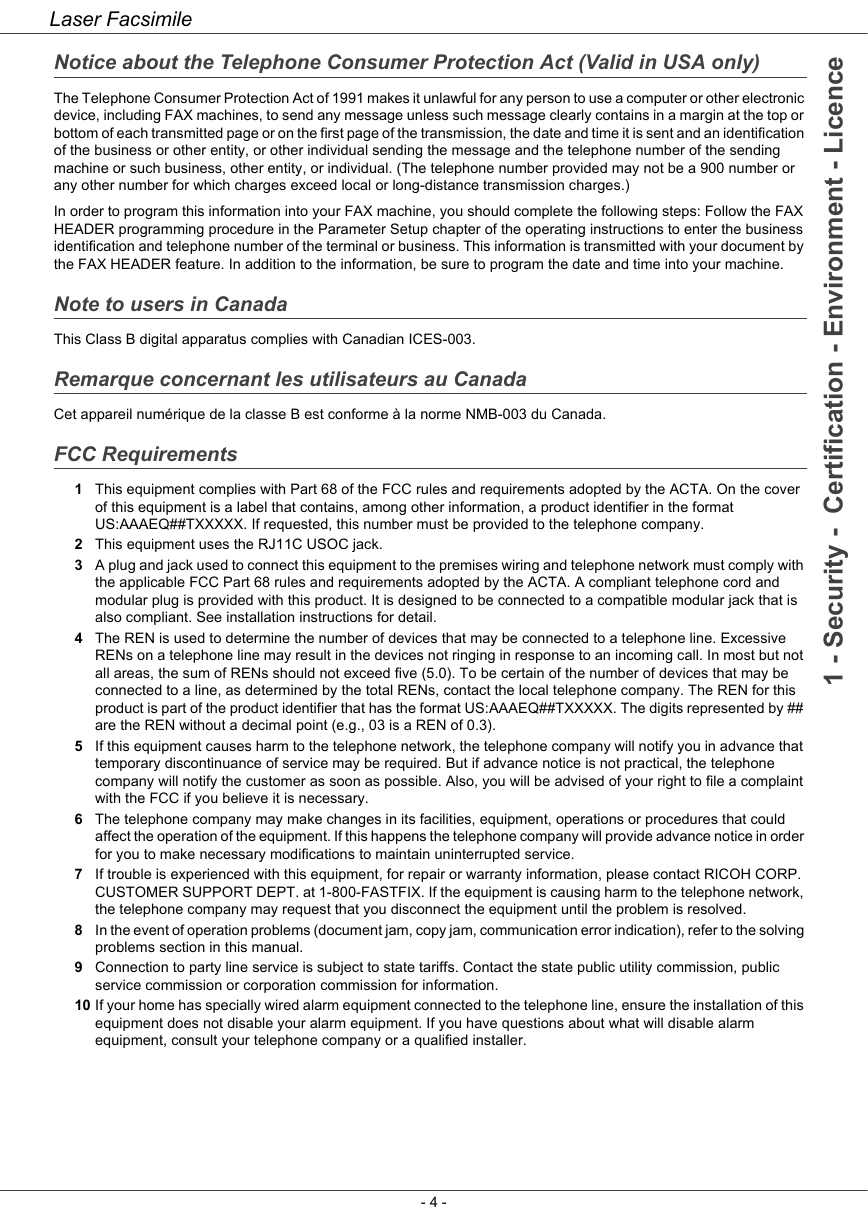
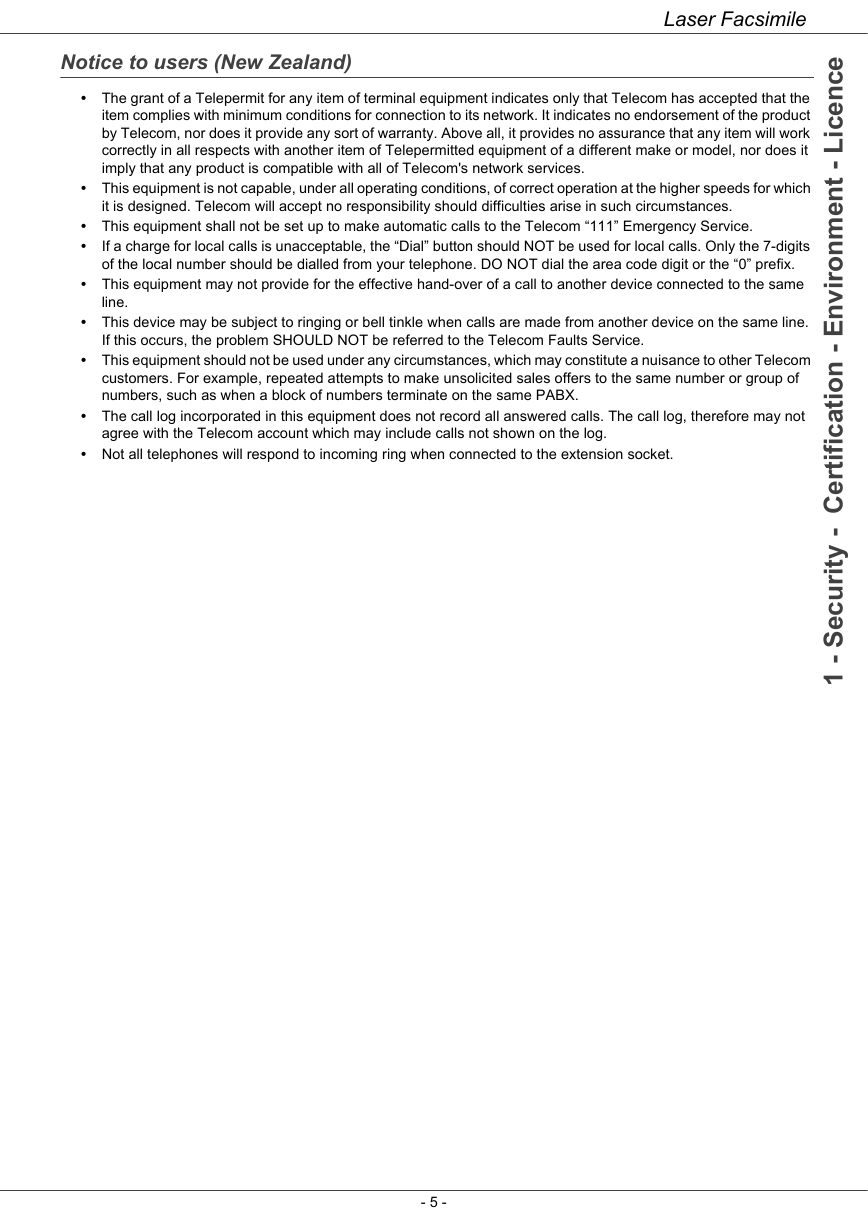








 2023年江西萍乡中考道德与法治真题及答案.doc
2023年江西萍乡中考道德与法治真题及答案.doc 2012年重庆南川中考生物真题及答案.doc
2012年重庆南川中考生物真题及答案.doc 2013年江西师范大学地理学综合及文艺理论基础考研真题.doc
2013年江西师范大学地理学综合及文艺理论基础考研真题.doc 2020年四川甘孜小升初语文真题及答案I卷.doc
2020年四川甘孜小升初语文真题及答案I卷.doc 2020年注册岩土工程师专业基础考试真题及答案.doc
2020年注册岩土工程师专业基础考试真题及答案.doc 2023-2024学年福建省厦门市九年级上学期数学月考试题及答案.doc
2023-2024学年福建省厦门市九年级上学期数学月考试题及答案.doc 2021-2022学年辽宁省沈阳市大东区九年级上学期语文期末试题及答案.doc
2021-2022学年辽宁省沈阳市大东区九年级上学期语文期末试题及答案.doc 2022-2023学年北京东城区初三第一学期物理期末试卷及答案.doc
2022-2023学年北京东城区初三第一学期物理期末试卷及答案.doc 2018上半年江西教师资格初中地理学科知识与教学能力真题及答案.doc
2018上半年江西教师资格初中地理学科知识与教学能力真题及答案.doc 2012年河北国家公务员申论考试真题及答案-省级.doc
2012年河北国家公务员申论考试真题及答案-省级.doc 2020-2021学年江苏省扬州市江都区邵樊片九年级上学期数学第一次质量检测试题及答案.doc
2020-2021学年江苏省扬州市江都区邵樊片九年级上学期数学第一次质量检测试题及答案.doc 2022下半年黑龙江教师资格证中学综合素质真题及答案.doc
2022下半年黑龙江教师资格证中学综合素质真题及答案.doc